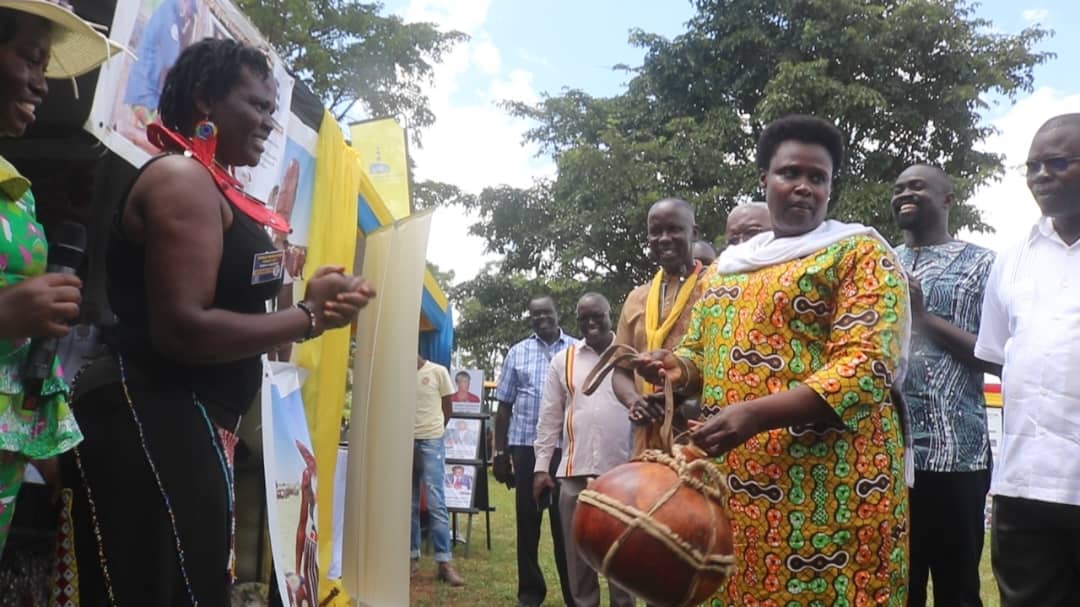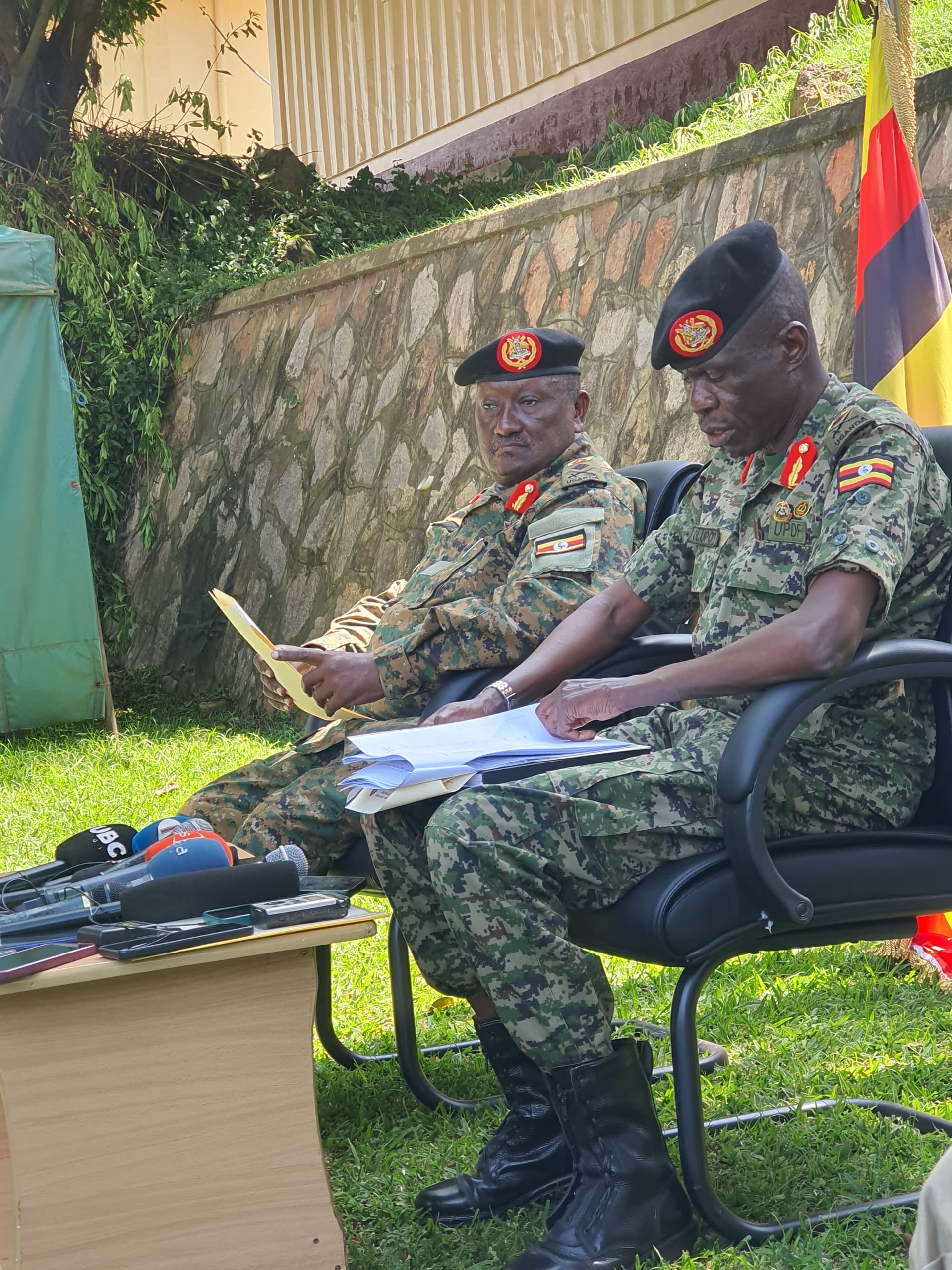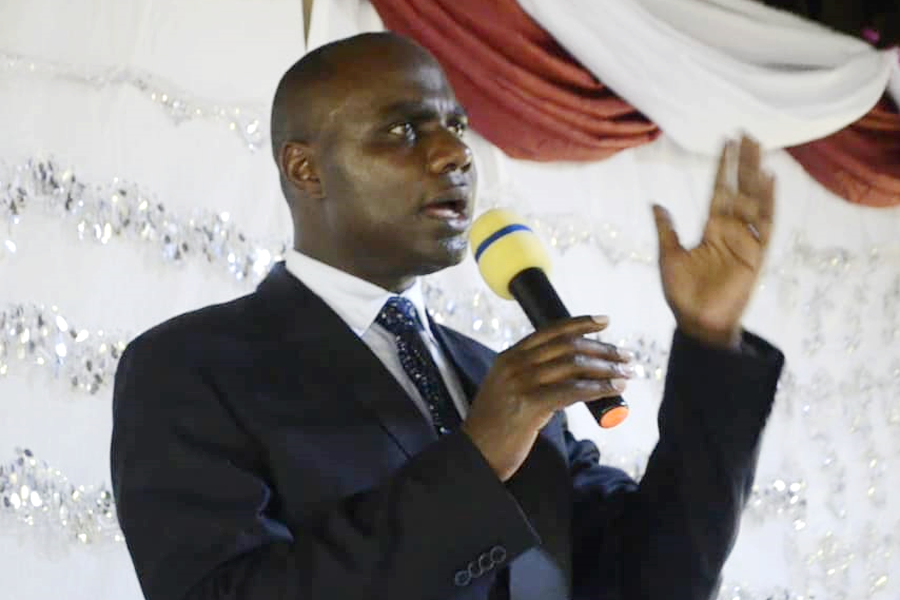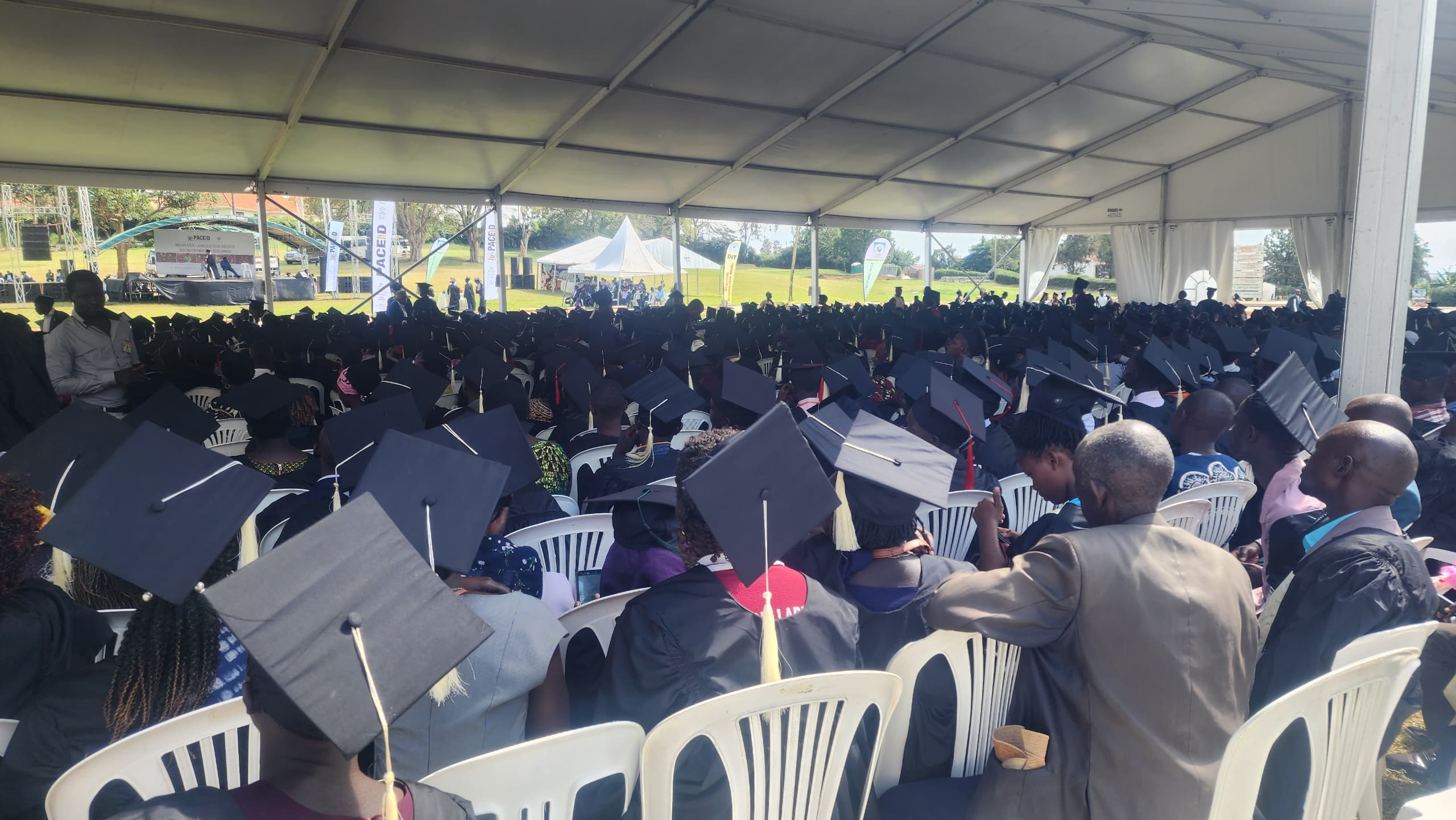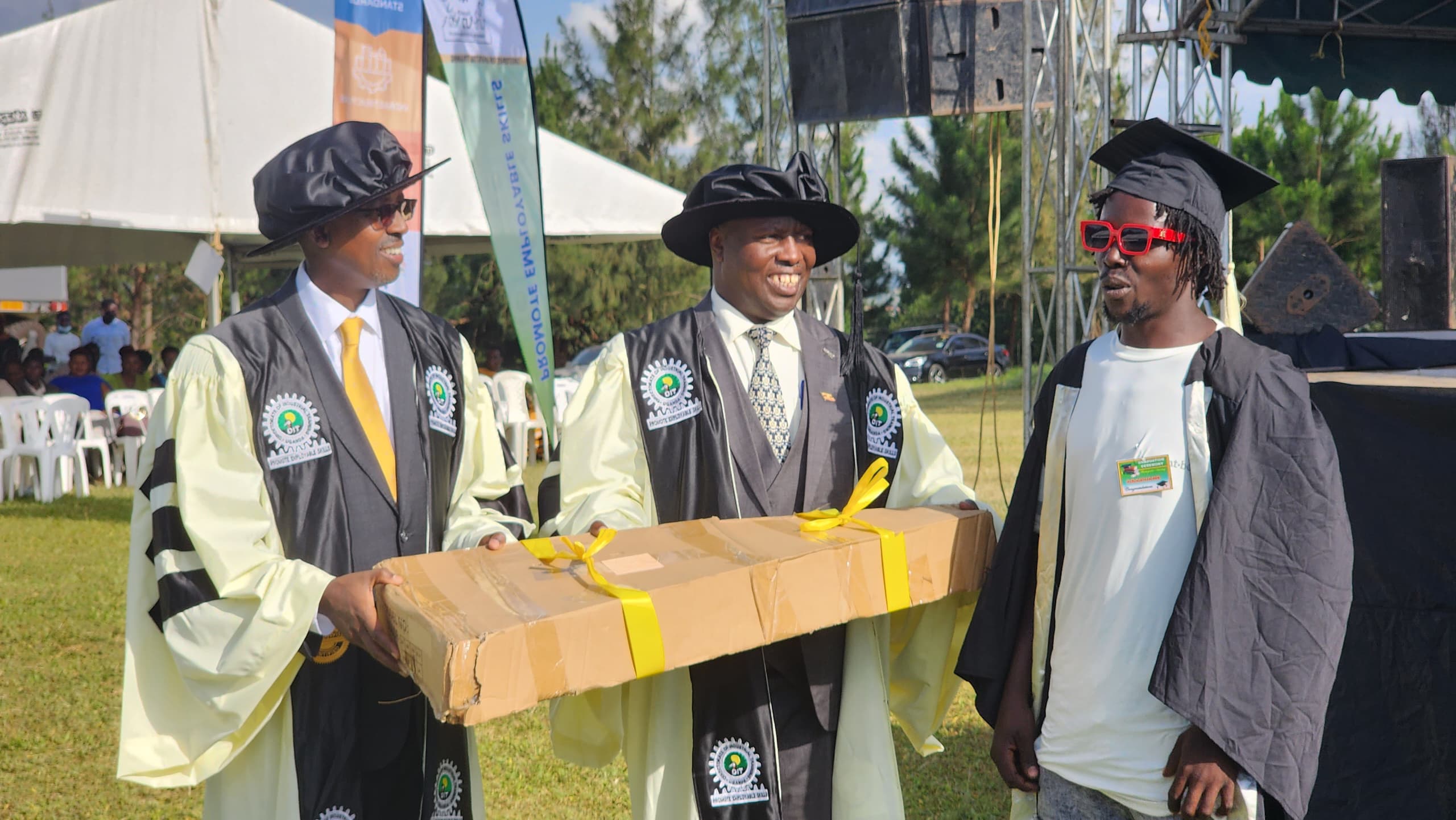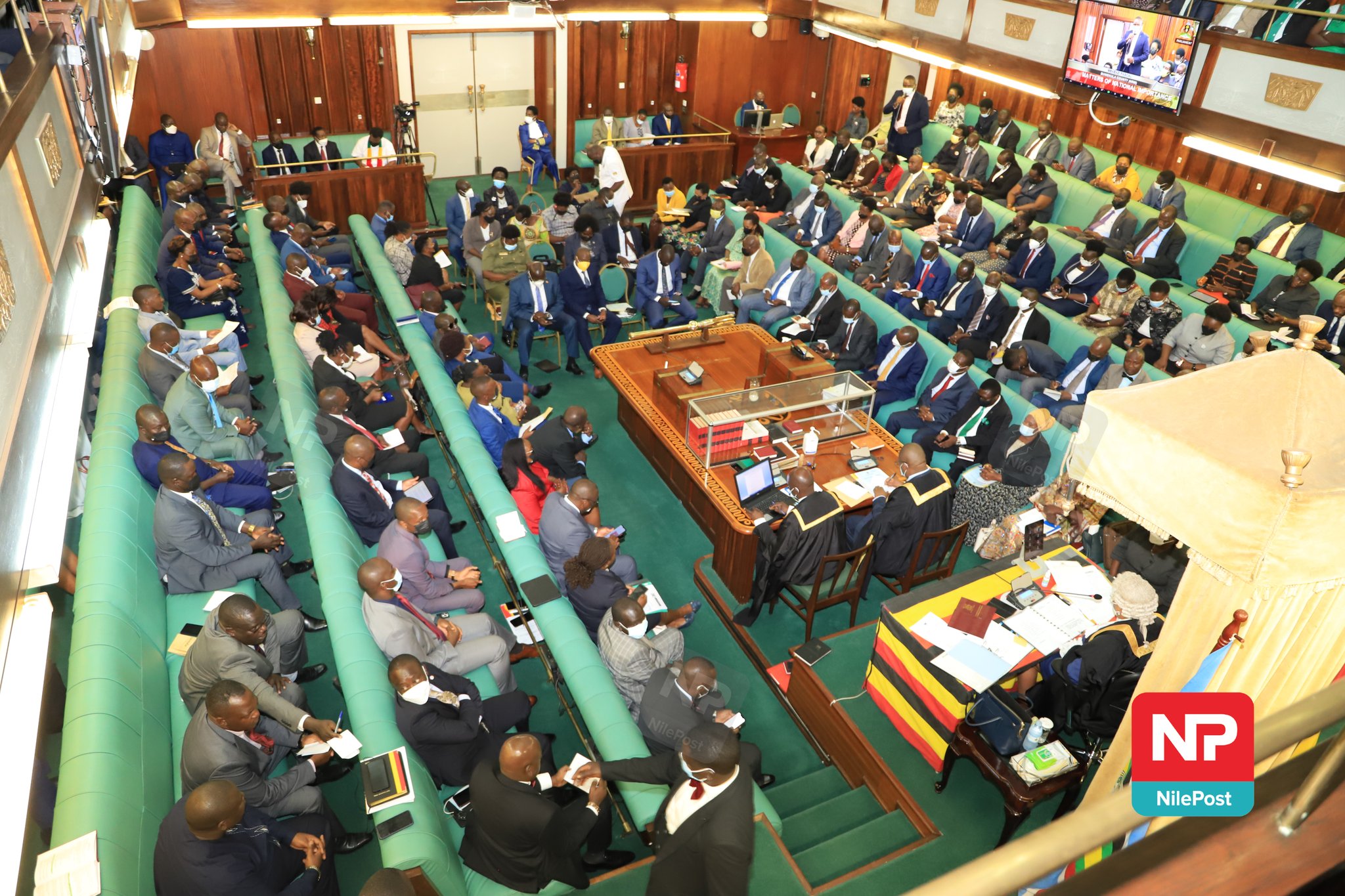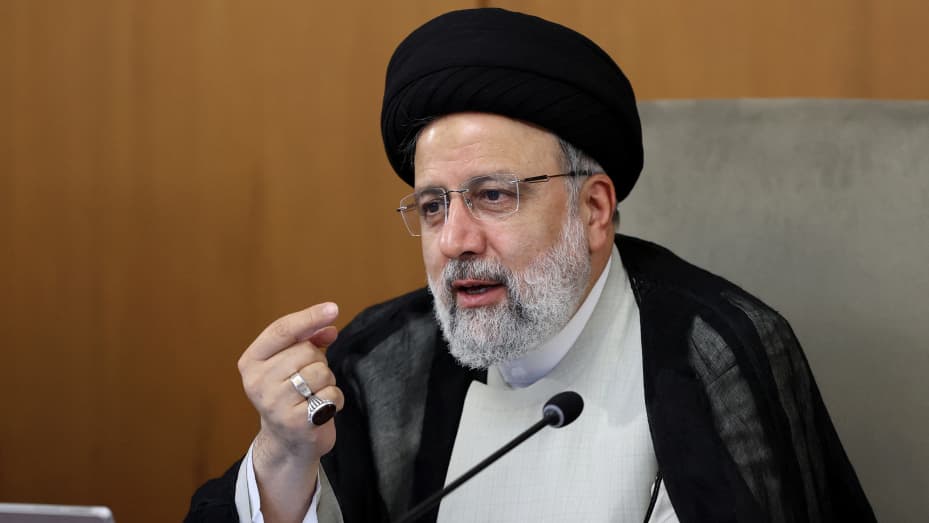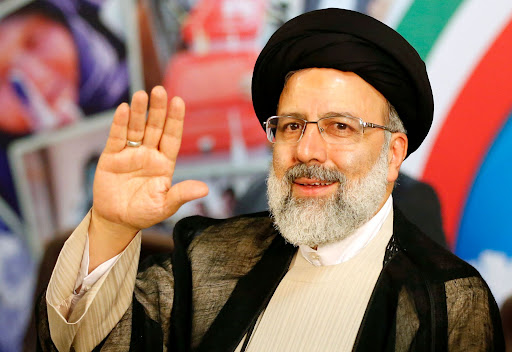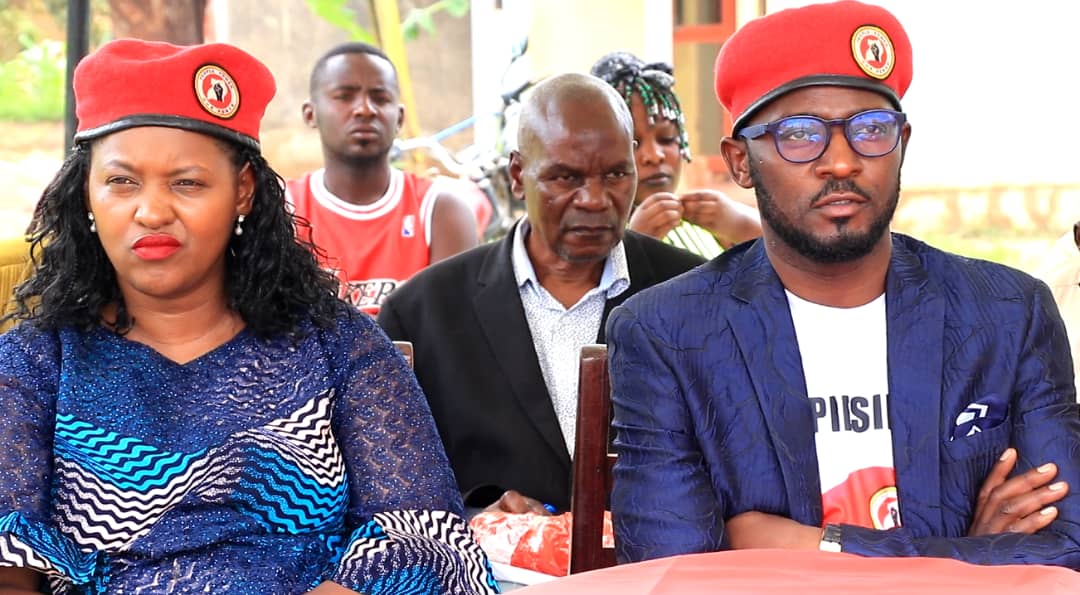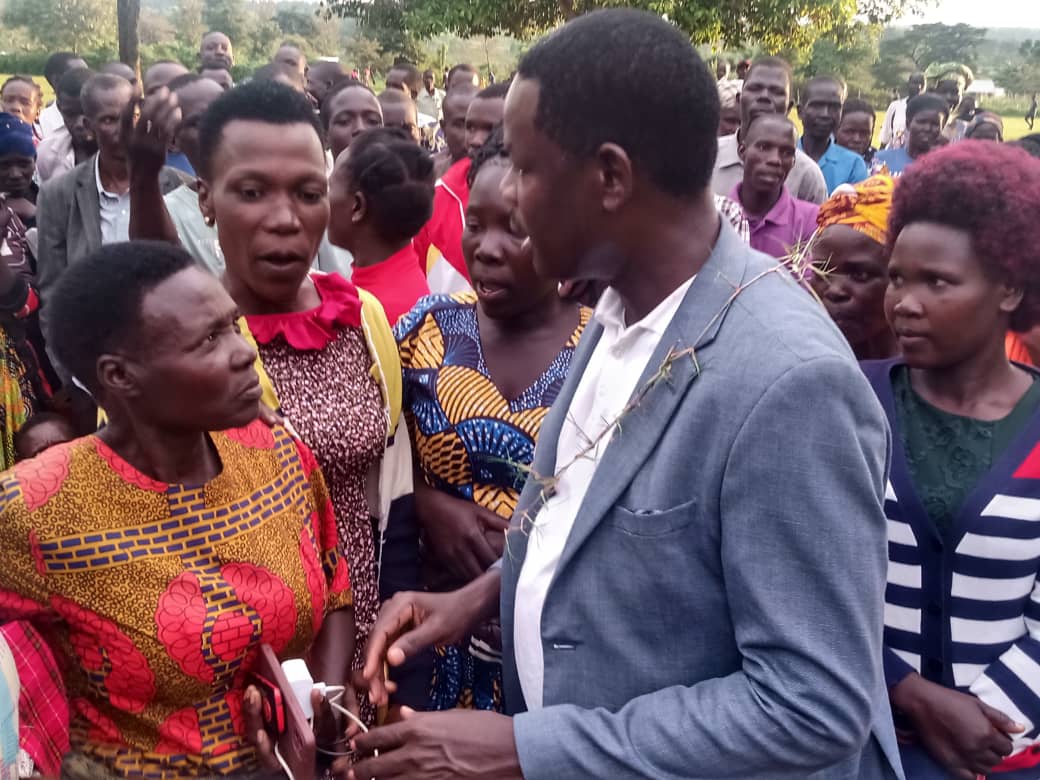The Evolving Face of Power: A Look at Uganda's NRM Leadership
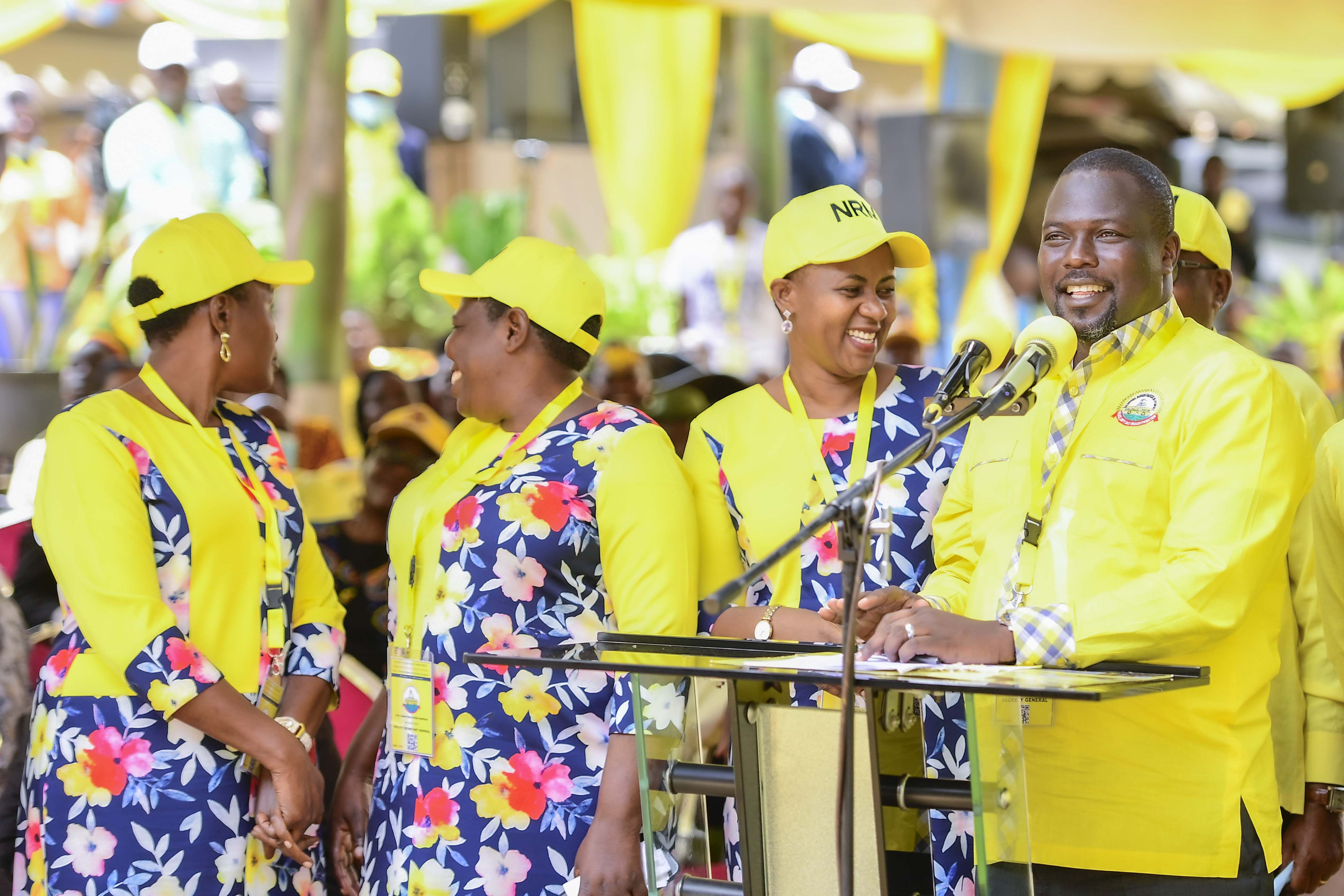
The National Resistance Movement (NRM) has held power in Uganda since 1986, ushering in a period of relative stability after years of turmoil. However, the party's leadership has undergone a significant transformation, raising questions about its current direction and its ability to inspire the nation.
The Idealistic Revolutionaries (1986):
The NRM's initial ascent to power was fueled by a wave of optimism. Leaders like Yoweri Museveni, Eria Kategaya, and Mugisha Muntu embodied a spirit of revolution. They were seen as visionary, charismatic, and strategically astute. Their fight for liberation instilled a sense of nationalistic fervour, and their commitment to social justice resonated with the Ugandan people. These leaders, many with strong educational backgrounds, brought intellectual depth and effective communication skills to the political scene. They were seen as a beacon of hope, offering a clear vision for a transformed Uganda.
Keep Reading
The Shifting Landscape (Today):
Over three decades in power, the NRM has undoubtedly evolved. While some original leaders remain, others have passed on or retired. The current leadership faces a different set of challenges, and some argue their approach has shifted. Critics point to a more authoritarian style, with less emphasis on consultation and inclusivity. The visionary spark that ignited the revolution is seen as dimmed, replaced by a perceived lack of direction and innovation. While some current leaders retain charisma, it doesn't hold the same widespread appeal as their predecessors.
A Comparison of Strengths and Weaknesses:
- Strategic Thinking: The original leadership's strategic brilliance in navigating a complex political landscape is contrasted with accusations of short-term thinking and reactive responses to crises in the current NRM.
- Courage and Resilience: The NRM's fight for liberation showcased remarkable courage and resilience. While some current leaders have displayed courage, the party as a whole faces criticism for its intolerance of dissent.
- Nationalism: Nationalistic fervor remains within the NRM, but concerns about ethnic and regional biases have emerged.
- Intellectual Depth and Social Justice: The early NRM leadership's intellectual depth and commitment to social justice stand in contrast to criticisms of the current leadership's lack of intellectual rigor and policies seen as perpetuating inequality.
- Communication and Corruption: Current leaders are often accused of being out of touch with the people and failing to communicate a clear vision. Perhaps the most damning criticism is the perception of widespread corruption, nepotism, and abuse of power, which significantly undermines their legitimacy and inspirational capacity.
Looking Ahead:
The NRM's legacy is a complex one. The party's initial leadership ignited a sense of hope and change. However, questions linger about the current NRM's ability to recapture that lost inspiration. Whether the party can adapt, address criticisms, and reignite a sense of purpose will likely determine its future.



